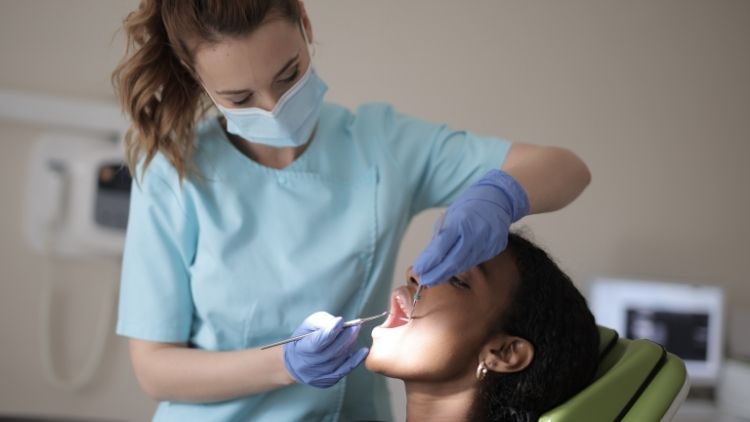
by Dr. Maxine Cannon | Dec 15, 2021 | Dentist, Dentistry
Ever wondered what dental procedures you may experience in your lifetime? Everyone’s teeth and needs are unique. Some procedures are a chosen cosmetic and some are necessary. There’s a long list of procedures you can experience at the dentist but there are...

by Dr. Maxine Cannon | Dec 7, 2021 | Dentist, Dentistry
The American Dental Association (ADA) recommends brushing your teeth twice a day. However, they do not indicate when to complete each brushing session. most people will brush at the same two sessions each day. This is the easiest way to establish a habit and routine....

by Dr. Maxine Cannon | Nov 29, 2021 | Dentist, Dentistry
Many people dread going to the dentist for a teeth cleaning because of the poking and prodding, strange noises they hear, and their jaw becoming sore. Most realize that teeth cleaning is simple and painless. Knowing exactly what will happen during your appointment can...

by Dr. Maxine Cannon | Nov 14, 2021 | Dentist, Dentistry
There are many ways to keep your teeth healthy. As we know, teeth play an important role in our daily life. It’s impossible to smile or eat without them. You should go to the dentist regularly and brush your teeth twice a day – morning and evening. All of that aside,...

by Dr. Maxine Cannon | Oct 23, 2021 | Dentist, Dentistry
Dental crowns are caps placed on top of damaged teeth. Crowns cover and restore the shape of your teeth when fillings aren’t enough to solve the problem. Dental crowns can be made out of metals, porcelain, resin and ceramics. They typically don’t require special care...

by Dr. Maxine Cannon | Oct 16, 2021 | Dentist, Dentistry
Composite bonding is a type of cosmetic dentistry. It is also known as tooth-coloring and it is used to improve the appearance and function of teeth. During this procedure, a resin powder or liquid is bonded to the front surface of your teeth. This process can be...







